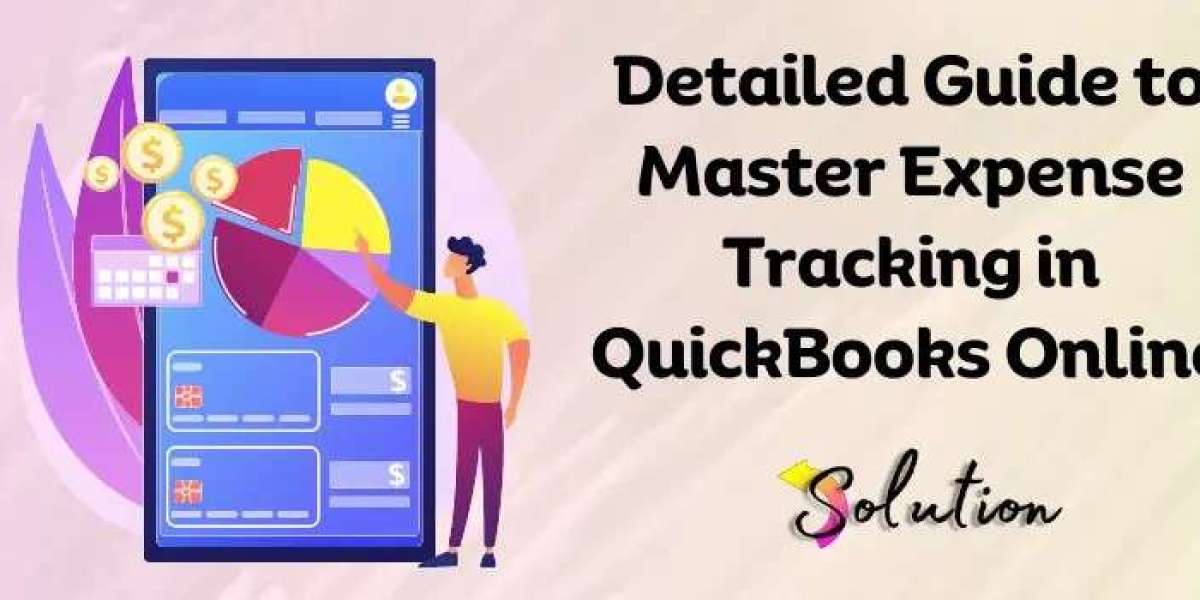Managing your business finances can be overwhelming, especially when it comes to tracking expenses. That’s where QuickBooks Online comes in. With its powerful expense tracking features, QuickBooks Online helps you stay organized, save time, and gain deeper insights into your financial health.
In this blog, we’ll explore how to use expense tracking in QuickBooks Online, why it matters, and how it can help your business stay financially healthy.
Why Expense Tracking Matters
Accurate expense tracking is crucial for:
Managing cash flow
Budgeting effectively
Maximizing tax deductions
Avoiding errors in financial reporting
Using software like QuickBooks Online for expense tracking automates and simplifies this essential task, making it easier for small business owners and accountants alike.
Key Features of Expense Tracking in QuickBooks Online
Here’s what makes QuickBooks Online an ideal tool for tracking expenses:
1. Automatic Bank and Credit Card Connections
QuickBooks Online connects directly to your bank and credit card accounts. It automatically imports and categorizes expenses, saving you hours of manual entry.
2. Smart Categorization
The system learns how you categorize transactions over time and suggests categories based on past behavior. This improves accuracy and efficiency.
3. Receipt Capture
Use the QuickBooks mobile app to snap photos of receipts. The app matches them to transactions, storing everything securely in the cloud for easy access.
4. Vendor and Expense Reports
QuickBooks Online provides detailed expense reports by vendor, category, or project. These reports help you analyze spending trends and identify cost-saving opportunities.
5. Mileage and Travel Tracking
With built-in mileage tracking (mobile only), you can log and categorize travel expenses effortlessly—perfect for freelancers and service-based businesses.
How to Track Expenses in QuickBooks Online
Here’s a quick step-by-step guide:
Step 1: Connect Your Accounts
Go to Banking > Link Account
Connect your bank or credit card
Step 2: Categorize Transactions
Review imported transactions
Assign appropriate categories (e.g., office supplies, travel, meals)
Step 3: Attach Receipts
Click on a transaction
Upload or take a picture of the receipt
Step 4: Run Expense Reports
Navigate to Reports
Choose “Expenses by Vendor Summary” or “Profit and Loss”
Tips for Effective Expense Tracking
Review transactions weekly to stay on top of your cash flow
Use consistent categories for better reporting
Reconcile your accounts monthly
Take advantage of automation features in QuickBooks Online
Final Thoughts
Tracking business expenses doesn’t have to be complicated. With QuickBooks Online, you get a powerful set of tools to manage your business finances with confidence. From automated expense tracking to detailed reporting, QuickBooks helps you stay in control and focus on what really matters—growing your business.
Keywords included:
QuickBooks Online, expense tracking, business expenses, track expenses in QuickBooks, expense reports, small business finance, automate expense tracking, QuickBooks features



